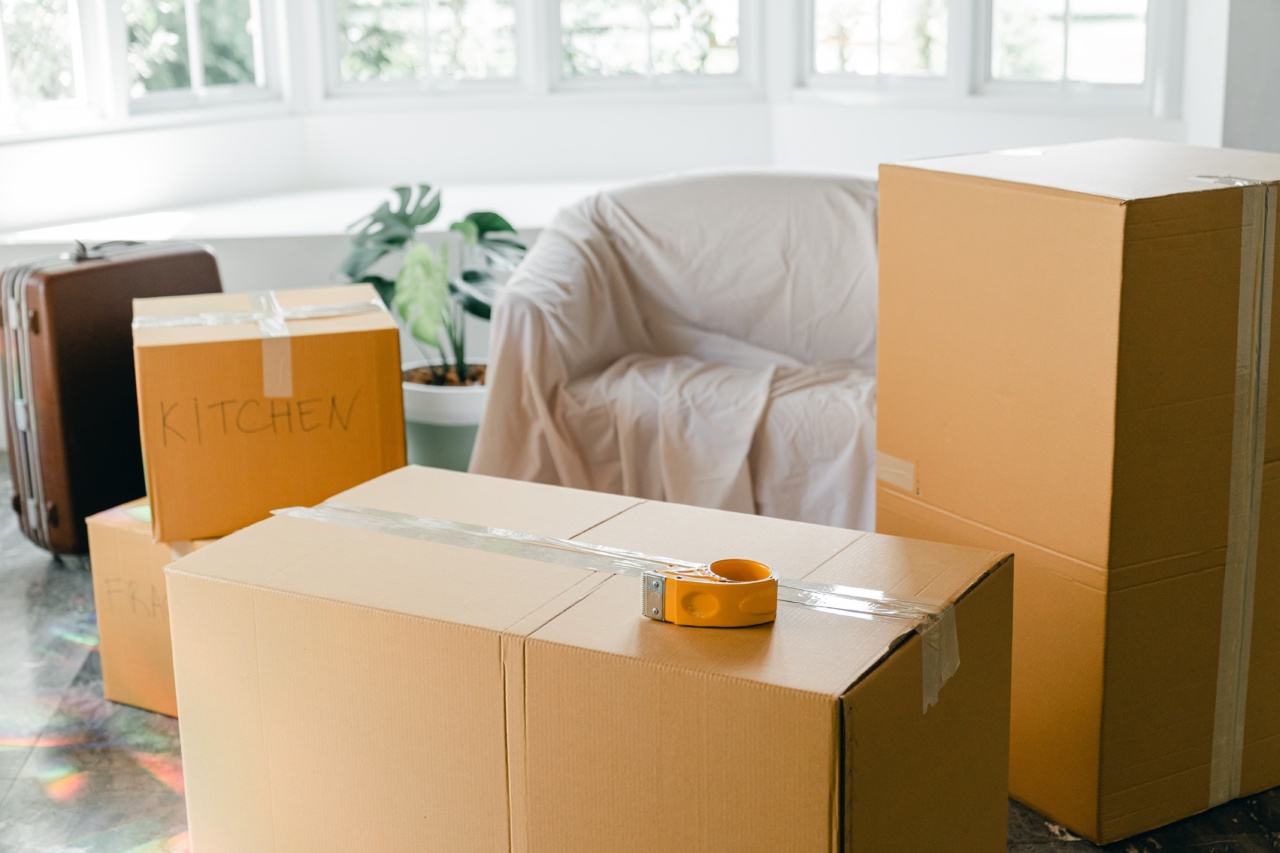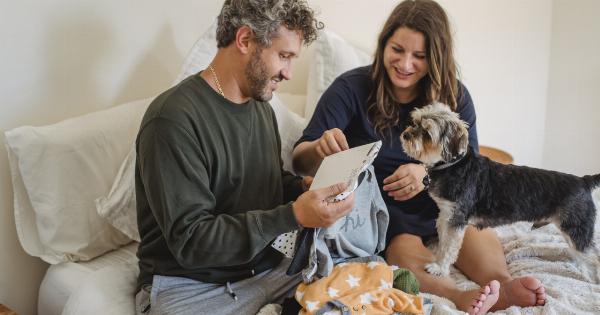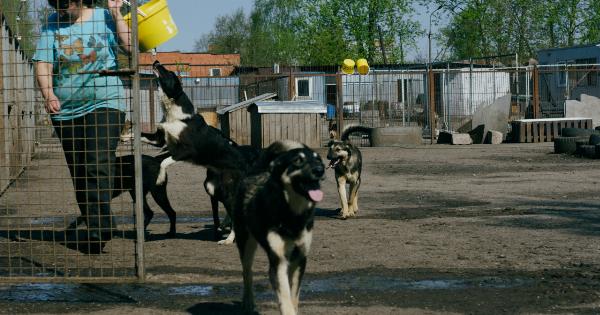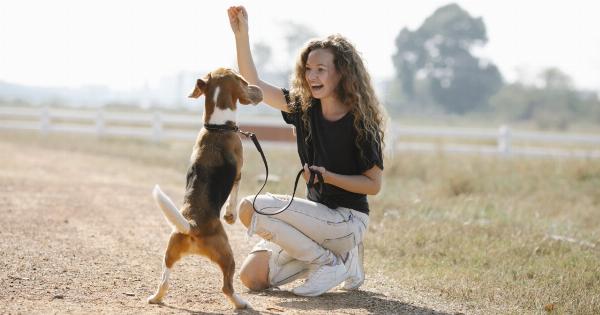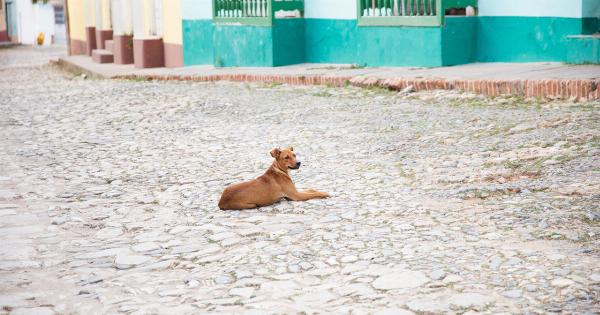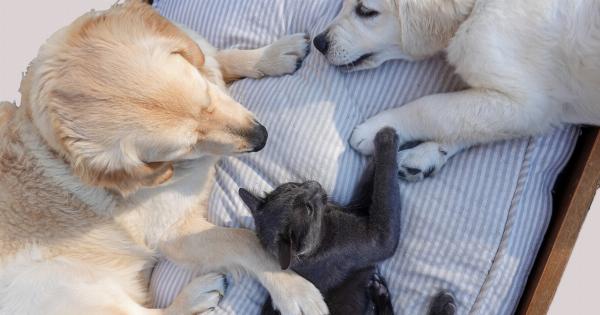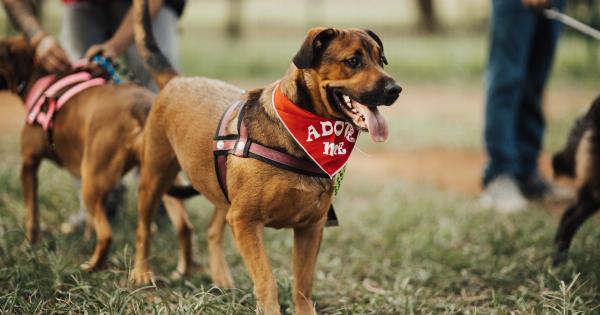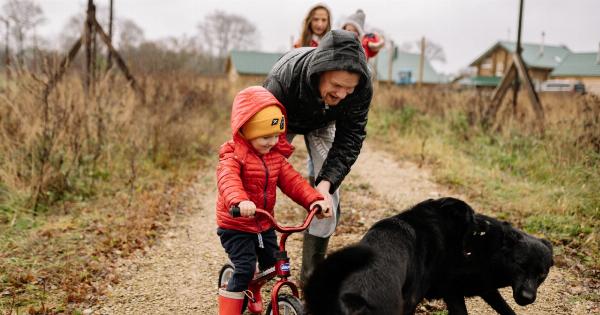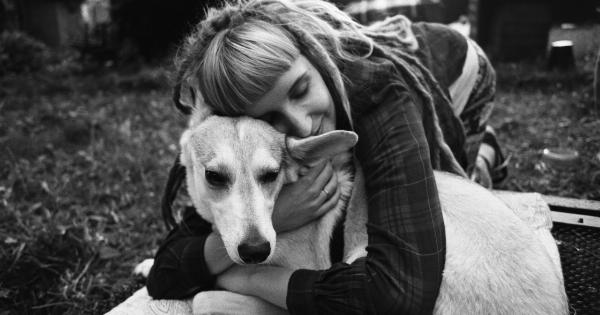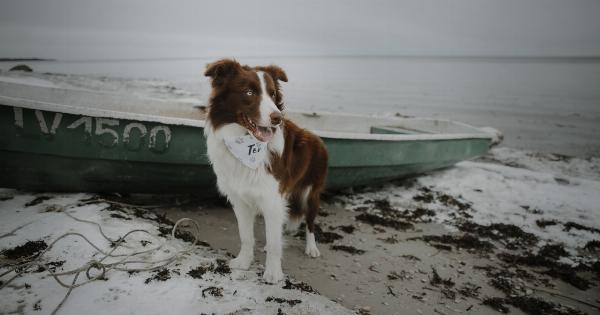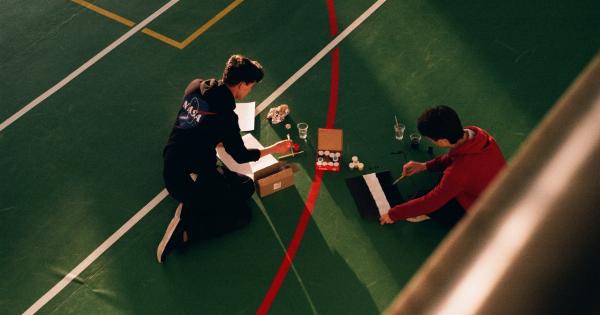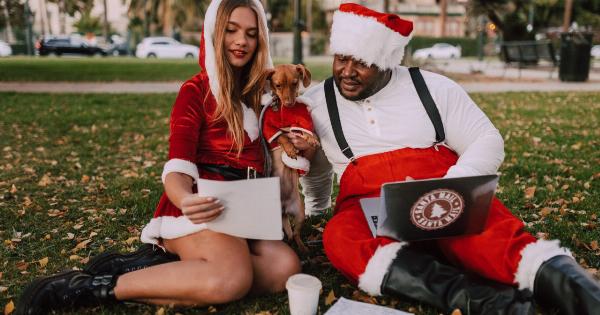If you’re expecting a new baby and already have a dog, you may be wondering if your furry friend is ready for this big change.
Dogs can be a wonderful addition to the family, and with some preparation and training, they can adjust to life with a new baby. In this article, we’ll provide some tips for ensuring your dog is ready for the new arrival.
Start Preparing Early
It’s important to start preparing your dog for the new baby as early as possible. This will give your dog time to adjust to any changes in routine or behavior before the baby arrives.
Start by gradually introducing your dog to the new sounds, smells, and objects associated with a baby. Allow your dog to sniff and investigate the baby’s room and any new items such as a stroller or car seat. This will help your dog become familiar with the new additions to your household.
Establish Routines
Dogs thrive on routine, so it’s important to establish a new routine that includes the baby before he or she arrives. This may involve changes to your dog’s feeding, exercise, and sleeping schedule.
Try to maintain consistency with your dog’s routine as much as possible, but be flexible and willing to make adjustments as needed.
Train Your Dog
If your dog has not already been trained, now is a good time to start. A well-trained dog will be easier to manage and control in a household with a new baby. Your dog should know basic commands such as sit, stay, come, and leave it.
You may also want to consider training your dog to walk calmly on a leash and to tolerate being touched and handled.
Get Your Dog Used to Baby Crying
Babies cry. A lot. It’s important to expose your dog to the sound of a crying baby before the baby arrives. You can do this by playing recordings of a baby crying or by visiting friends or family members who have a baby.
You want your dog to be familiar with the sound of a crying baby so that he or she is not startled or frightened by it.
Teach Your Dog Boundaries
It’s important to ensure that your dog understands boundaries when it comes to the baby. For example, your dog should never be allowed to climb on or jump on the baby’s crib or play area.
You may want to use baby gates or other barriers to keep your dog out of certain areas of the house where the baby will be. It’s also important to teach your dog that the baby’s toys are off-limits.
Supervise Your Dog at All Times
Even if your dog has never displayed aggressive behavior in the past, it’s important to supervise your dog at all times when he or she is around the baby.
You never know how your dog will react to the new addition to the household, so it’s better to err on the side of caution. Make sure your dog is always within easy reach and never left alone with the baby.
Introduce Your Dog to the Baby Slowly
When it’s time to introduce your dog to the baby, do so slowly and carefully. Keep your dog on a leash and allow him or her to sniff the baby from a safe distance. Reward your dog with treats and praise for calm behavior.
Gradually allow your dog to get closer to the baby, but always supervise closely and be prepared to intervene if necessary.
Be Patient and Consistent
Adjusting to a new baby may be stressful for your dog, and it may take some time for him or her to get used to the new routine and changes in the household. Be patient and consistent with your training and routines.
Consistency is key to ensuring a smooth transition for your dog.
Consult a Professional
If you have concerns about your dog’s behavior or if your dog has a history of aggression or anxiety, it’s important to consult a professional.
A certified dog trainer or behaviorist can provide guidance and advice on how to ensure your dog is safe and comfortable with the new baby.
In Conclusion
If you’re expecting a new baby and have a dog, it’s important to start preparing early and to be patient and consistent with your training and routines.
With some preparation and training, your dog can adjust to life with a new baby and become a loving and protective member of the family.
